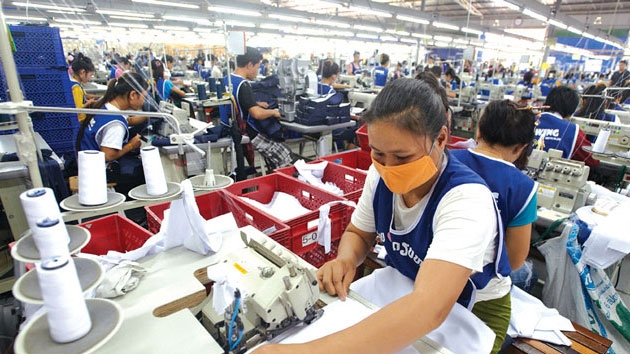He also attributed the decline in garment industry to a wide range of job options in the growing service sector in the country, which makes garment become unattractive to local labourers.
Currently, there are 92 garment factories operating in Laos, six less than 2014’s figure. 60 factories of the total make apparel for exports, mostly to the EU, the US, Canada, Japan and some ASEAN countries.
Last year, the country raked in US$174.2 million from shipping garment products to foreign nations, tapering off 7.25% from 2014.
Xaybandith Rasphone highlighted that the association will give a push to the apparel production for domestic market while reducing imports. In addition to issuing policies and mechanisms to support business activities in garment industry, the association will make efforts to call for further investment in the sector.
VNA 4 April 2016

Comments RSS Feed